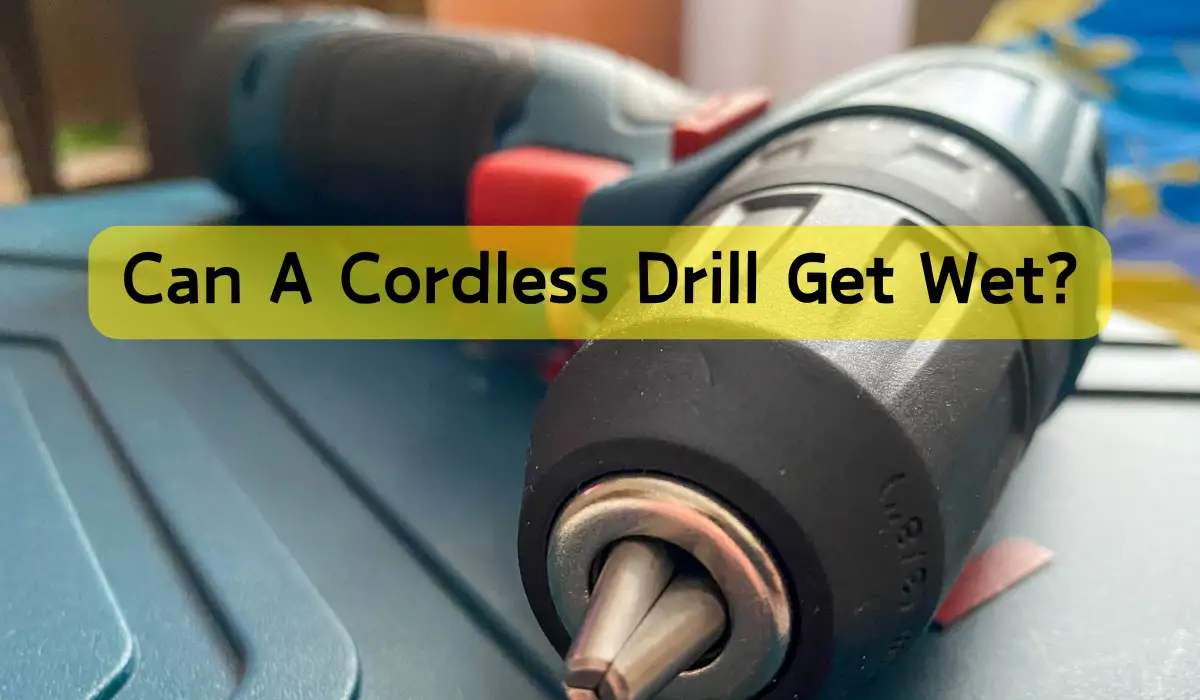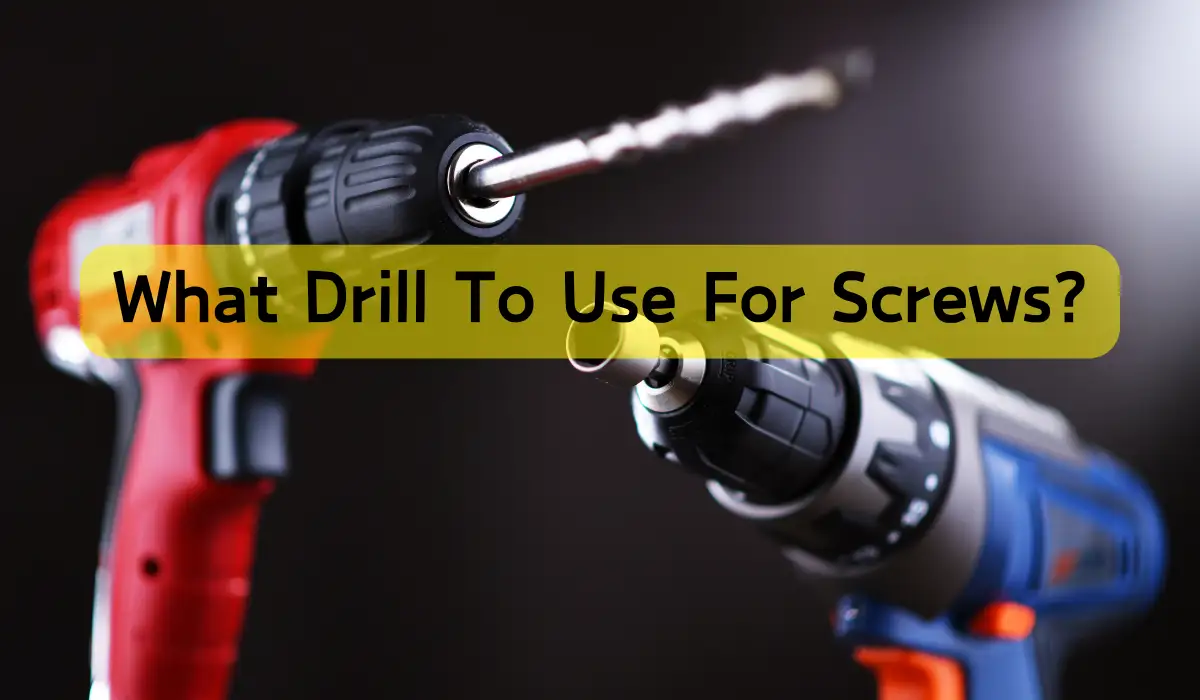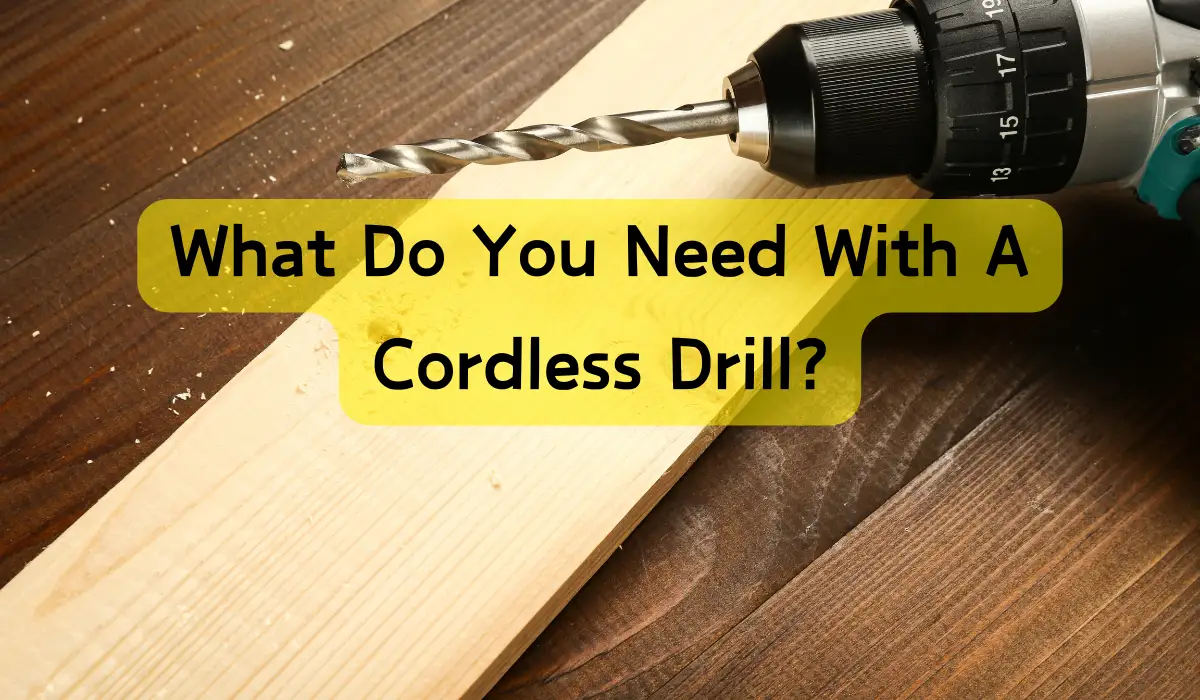You can use your cordless drill in damp or wet conditions, but it’s essential to understand its water resistance limits to prevent damage. Check your drill’s IP rating to know its level of protection against water exposure. A higher rating means better protection, but it’s still important to handle the drill safely in wet conditions. Avoid using it in heavy rain or areas where water collects. To make certain your drill lasts, learn more about water resistance, the risks of water exposure, and how to safely operate your drill in wet conditions, and you’ll be well-equipped to tackle any project that comes your way.
Jump to
Key Takeaways
• Most cordless drills have some level of water resistance, but it’s essential to check the IP rating for the level of protection.
• A higher IP rating indicates better protection against water exposure, with IP67 being a common rating for cordless drills.
• Water exposure can still damage electrical components, cause corrosion, or weaken the drill’s structure, even with a high IP rating.
• Prevention is key, and using a drill in wet conditions requires precautions, such as holding it firmly and avoiding areas where water collects.
• Regular cleaning and maintenance can help prevent corrosion and keep the drill in good working condition.
Water Resistance in Cordless Drills
When you’re working outdoors or in humid environments, you’re bound to wonder: can your cordless drill withstand exposure to water or moisture?
The answer lies in the drill’s water resistance. Most modern cordless drills are designed with some level of water resistance, but you need to understand the extent of this protection.
Check your drill’s IP rating, which indicates its level of protection against solid objects and water.
A higher IP rating means better protection. For example, a drill with an IP54 rating can withstand splashes of water, while an IP67-rated drill can be submerged in water up to 1 meter for 30 minutes.
Manufacturers often use various techniques to provide water resistance, such as sealing, coating, or using waterproof materials.
Some drills may also have drainage holes to prevent water accumulation. While these features don’t make your drill waterproof, they greatly reduce the risk of water damage.
Always check your drill’s manual or manufacturer’s website to understand its specific water resistance capabilities.
Risks of Water Exposure
If you accidentally expose your cordless drill to water, you risk damaging its electrical components, which can lead to costly repairs or even render the drill unusable.
Water and electricity don’t mix, and when they do, it can be disastrous for your drill. The electrical components, such as the motor and circuit boards, can short circuit or corrode, causing permanent damage.
You mightn’t notice the damage right away, but as you continue to use your drill, you might start to notice a decline in performance. It might slow down, overheat, or even stop working altogether.
In some cases, water exposure can also lead to rust or corrosion on the drill’s metal components, which can weaken its structure and make it more prone to breakage.
It’s essential to take precautions to prevent water exposure in the first place. If you do accidentally get your drill wet, turn it off immediately and unplug it.
Don’t try to turn it back on until it’s completely dry, and consider consulting a professional for repairs. Remember, prevention is key when it comes to protecting your cordless drill from water damage.
Effects on Battery Performance
Accidentally exposing your cordless drill to water can also impact the performance of its battery, reducing its overall lifespan and capacity to hold a charge. Water exposure can cause corrosion within the battery, leading to a range of issues that affect its performance.
Water exposure can affect your battery in the following ways:
- Reduced capacity: Water can seep into the battery cells, reducing its ability to hold a charge.
- Increased self-discharge: Corrosion can cause the battery to lose its charge more quickly, even when not in use.
- Swollen battery: Water can cause the battery to swell, leading to physical damage and further reducing its performance.
- Shortened lifespan: Repeated exposure to water can substantially shorten the lifespan of your battery.
- Unstable voltage: Water can cause the battery’s voltage to fluctuate, leading to unstable power output and potentially damaging your drill.
IP Rating and Waterproofing
How do you guarantee your cordless drill can withstand water exposure, and what level of protection does it really offer? The answer lies in the IP rating, a standardized system that measures a device’s resistance to solid particles and water.
The rating consists of two digits: the first represents protection against solid objects, and the second represents protection against water.
A higher IP rating indicates better protection. For example, an IP67 rating means the drill is completely protected against dust and can withstand immersion in water up to 1 meter for 30 minutes.
On the other hand, an IP54 rating means the drill is protected against limited dust ingress and can withstand water splashes, but not immersion.
When choosing a cordless drill, look for an IP rating that matches your work environment. If you work in wet conditions, opt for a drill with a higher IP rating.
This guarantees your drill can withstand water exposure and continues to function properly. Always check the manufacturer’s specifications to understand the level of protection your drill offers, and verify that it can safeguard against water damage.
Tips for Safe Wet Operation
When working with your cordless drill in wet conditions, make sure to hold it firmly and keep your grip dry to prevent electrical shock. You don’t want to risk getting zapped, so take the necessary precautions to safeguard your safety.
Keep the drill away from standing water: Avoid using your drill in areas where water can collect, like puddles or flooded surfaces.
Avoid using the drill in heavy rain: If it’s pouring outside, it’s best to wait until the rain subsides before using your drill.
Clean the drill regularly: Regular cleaning can help prevent corrosion and keep your drill in good working condition.
Use a drill with a high IP rating: If you know you’ll be working in wet conditions frequently, consider investing in a drill with a high IP rating for added protection.
Keep spare batteries dry: Store your spare batteries in a dry place to prevent damage and guarantee they’re ready to use when you need them.
Frequently Asked Questions
Can I Use a Cordless Drill in Heavy Rain or Snow?
You can use a cordless drill in light rain or snow, but avoid heavy exposure to moisture to prevent damage. Check your drill’s IP rating; if it’s not water-resistant, it’s best to wait for better weather.
How Do I Dry a Cordless Drill That’s Been Submerged?
If you’ve accidentally submerged your cordless drill, turn it off immediately and remove the battery. Gently shake off excess water, then dry the exterior with a soft cloth. Open compartments and use desiccants or silica gel to absorb moisture.
Will a Waterproof Cordless Drill Rust if Not Dried Properly?
If you don’t dry your waterproof cordless drill properly, it won’t rust immediately, but corrosion can occur over time, compromising its performance and lifespan, so it’s essential you dry it thoroughly to prevent long-term damage.
Can I Use a Cordless Drill in a Humid or Damp Environment?
You can use a cordless drill in a humid or damp environment, but be cautious of moisture accumulation; maintain good airflow, and avoid direct water exposure to guarantee your drill’s performance and longevity.
Are Cordless Drill Batteries More Prone to Water Damage Than Others?
You’re wondering if cordless drill batteries are more prone to water damage than others. The answer is yes, they are, due to their compact design and electronic components, making them more susceptible to moisture-related issues.




